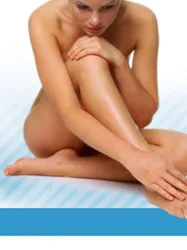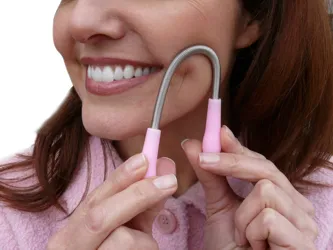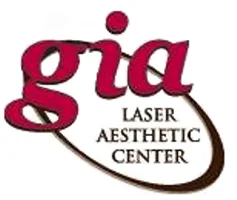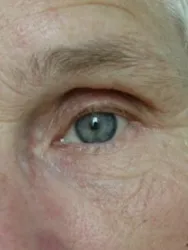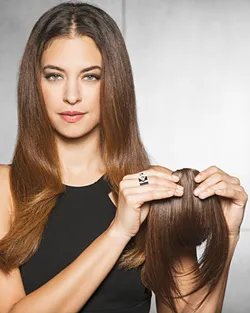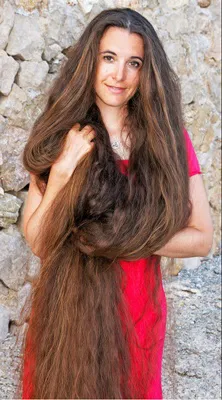
Laser Hair Removal: Dying To Be Hairless
Introduction
Laser Hair Removal is a relatively new treatment option that appeared on the scene back in 1995 when the FDA approved the first laser for hair removal treatment in the United States. The first lasers were called the Nd:YAG (neodymium Yttrium Aluminum Garnet) SoftLight™ and were manufactured and marketed by ThermoLase, one of the very first companies to enter the laser hair removal space. The lasers had a red light that had a higher wavelength than the ruby lasers but were operated at very low luences (one-half to one-tenth the energy density of the log pulse ruby lasers. Many consumer watch groups believed that the SoftLight™ was rushed to the consumer marketplace without extensive testing of the effects. Early marketing claims included the false information that the laser was painless and permanently removed hair. These claims were discontinued at the instruction of the FDA who stepped in to prevent consumer misinformation. The SoftLight™ laser utilized a carbon based lotion as a chromophore. The sensation of being lasered has been described as similar to having rubber bands snapped against the skin for a period of 5-10 minutes. The tapping feeling is due to the fact that the laser is usually a pulsatile laser. Keep in mind that the hair must first be waxed off to clear the way for the laser to hit the hair roots. The lotion was rubbed into the skin following waxing with the hope it would penetrate the follicle. The laser would then rapidly heat the carbon causing a shock wave of energy that was designed to kill the hair root. Unfortunately it had the potential to also damage nearby cells. Controlling the laser to prevent damage proved to be complicated and less effective than targeting chromophores that occur naturally in the skin. The SoftLight laser hair removal device was sold to physicians and treatments were offered in a chain of proprietary clinics called Spa Thira, primarily in affluent communities. Uninformed consumers paid high prices to receive the hot new laser hair removal treatments not realizing that in reality, they were being used as guinea pigs. A Dallas based private spa that I used to visit for facials approached me after they purchased their first SoftLaser machine. Although they applied significant sales pressure, I resisted once I discovered their desperate need to "pay off the high cost of the machine". Although the cost of the treatments was very expensive, to try and motivate me to undergo treatment, they offered discounts and other "special deals". I continued to resist and am happy that I didn't cave into the pressure. Ironically, that spa closed in late 1999 due to all the local scandal surrounding the Laser Hair Removal lawsuits. Class Action SuitIn 1998 a class action suit was brought against ThermoLase by a consumer claiming that the SoftLight laser hair removal system did not provide long lasting results as promised. ThermoLase settled out of court. In 1999, other lawsuits followed resulting in a loss of over 41 million dollars. In 2000 the stock was down 92% from its high and ThermoLase left the laser hair removal marketplace. Thermo Electron which formerly owned Thermo Lase sold out completely. While laser hair removal was originally promised as a way to permanently remove unwanted hair a medial paper appear in 1997 which documented full regrowth of all hair removed by a laser. The laser hair removal community changed their marketing from "permanent removal" to "hair management strategy". It was believed that consumers had been bilked out of hundreds of thousands of dollars on treatments that did not do as promised. Who Gets to Use Lasers? The biggest current issue is who will be permitted to use this technology. Physicians, electrologists, and beauticians have all staked their claims, and it's up to each state to decide [26]. As would be expected, one survey showed that physicians feel they should maintain control of the device, and some nonphysicians have stated they are qualified to own and operate lasers [27]. As with x-ray use 100 years earlier, use of dermatological lasers is in danger of being rapidly debased into a cosmetic procedure. Self-proclaimed "laserologists" have set up "training institutes" for beauticians and other nonphysicians. Some even offer laser hair removal treatments to consumers without direct medical supervision. There is currently a legislative push in some areas to make lasers available for purchase to nonphysicians, proposed by those who stand to gain financially. Some argue this will make laser hair removal more widely available and drive down prices for consumers. Some consumer activists (including myself) have concerns that the likelihood of injury and quackery will increase if these devices are widely available to nonphysicians. For instance, several of the parties pushing to make laser available to nonphysicians in Florida are contributors, members and/or moderators of Kitty's Consumer Beware, a site I do not recommend [28]. Christian Raulin, M.D., another pioneering laser researcher, considers the issue of laser training "a serious problem." He notes:
SummaryAs always, the best hope for consumers comes is that researchers and physicians continue to make their findings known in peer-reviewed journals. This is the only way to combat the hype rampant in the mainstream press, the manufacturer and practitioner promotional materials, and in the unreliable anecdotal reports from consumers, as discussed in my section on recommended and non recommended information sources. Epitouch | |||
| Send this page to a friend.. | |||
| If you want to talk more about this or other hair care articles on HairBoutique.com or anywhere else, please post a message on HairBoutique.com's Hair Talk Forums.
|
Social Media Network Information
Please follow us on Twitter at: https://Twitter.com/HairBoutique. I look forward to meeting new people from all walks of Twitter and learning from their Tweets.



